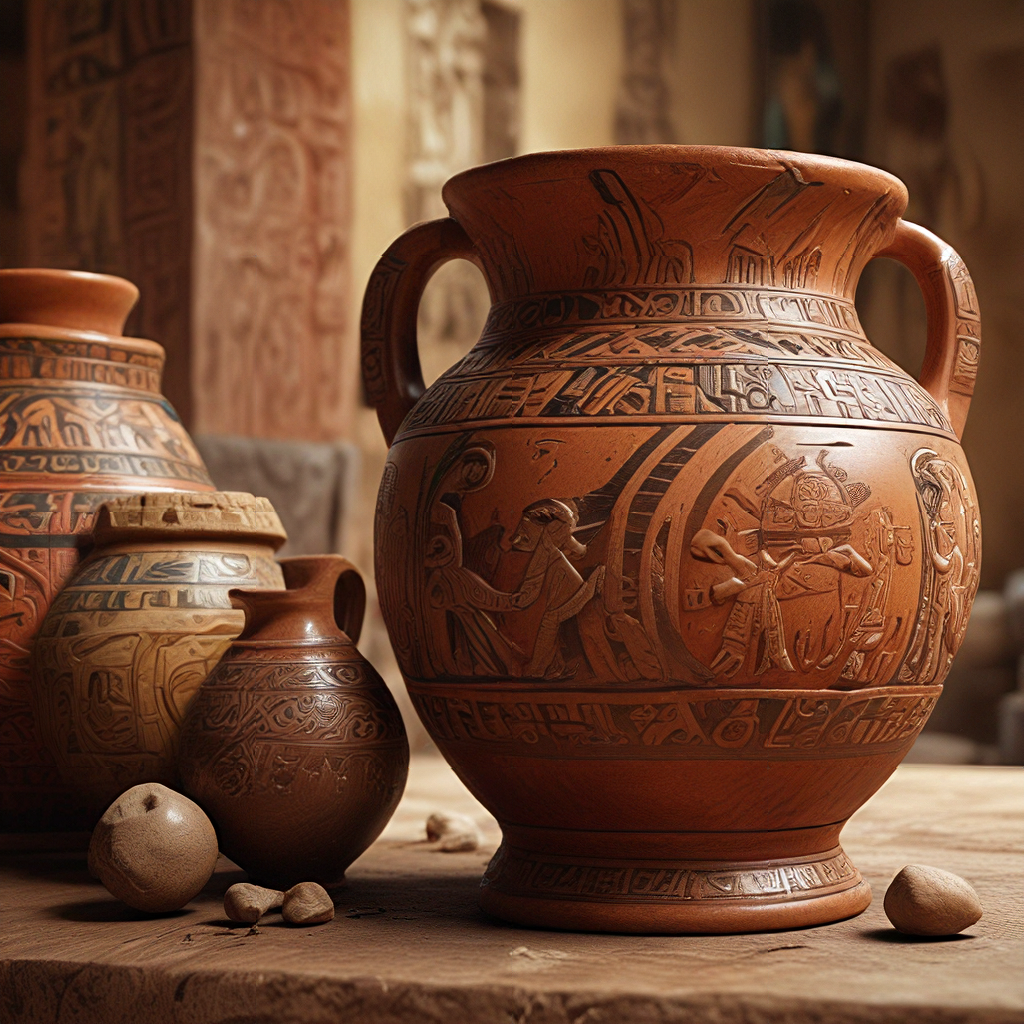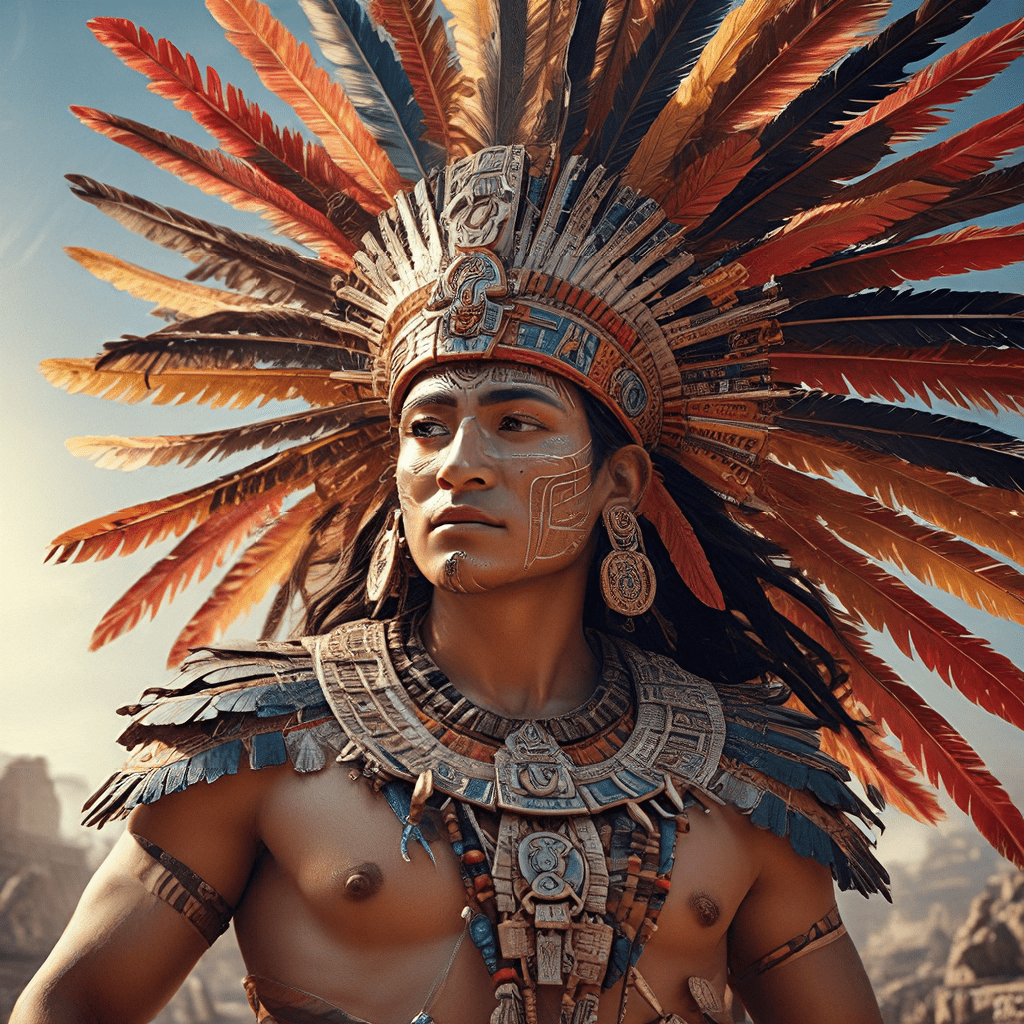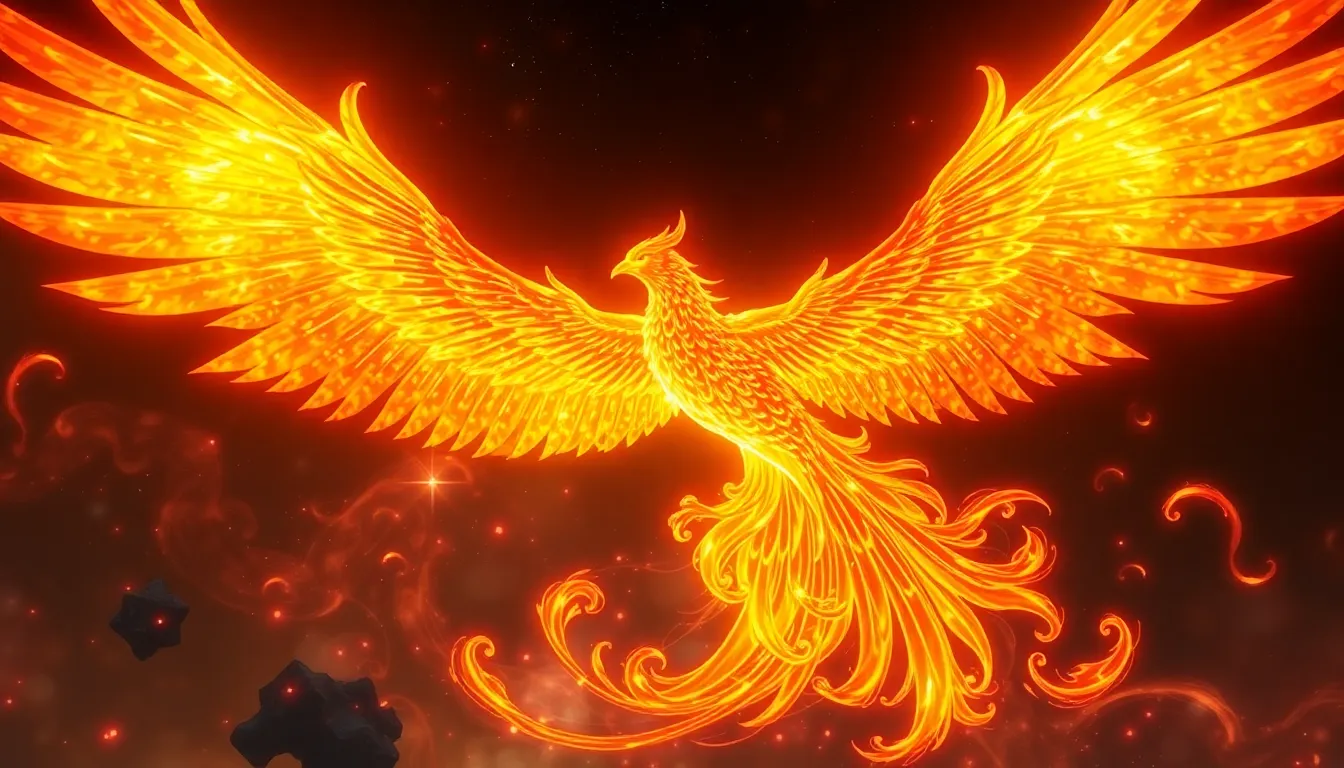The Strigoi and the Human Psyche: The Role of Fear and Superstition
I. Introduction
The Strigoi, a figure deeply rooted in Romanian folklore, represents a type of undead creature, often depicted as a restless spirit or a vampire that rises from the grave. These entities hold significant cultural importance, symbolizing the fears and uncertainties of the human condition. The legend of the Strigoi serves as a lens through which we can explore the intricate connections between fear, superstition, and the psyche.
Fear and superstition are not merely cultural artifacts; they are fundamental aspects of the human experience that shape our thoughts, behaviors, and societal norms. This article aims to delve into the historical origins of the Strigoi, the psychological mechanisms behind fear, the role of superstition as a coping mechanism, and the relevance of these themes in modern culture.
II. Historical Origins of the Strigoi
The Strigoi’s origins can be traced back to ancient Romanian beliefs, where they were often associated with the dead and the afterlife. These myths evolved over time, influenced by various cultural and religious factors, including Christian beliefs that demonized pagan rituals and practices.
- Roots in Romanian Folklore: The Strigoi are often described as the souls of the dead who have not found peace, and they are known to return to suck the life from the living.
- Evolution of the Legend: Over centuries, the Strigoi legend has transformed, incorporating elements from other cultures, including Slavic and Greek myths.
- Cultural Context: Societal fears surrounding death, disease, and the unknown contributed to the shaping of the Strigoi myth, providing a narrative that helped communities cope with existential anxieties.
III. Psychological Underpinnings of Fear
Fear is a primal emotion that has evolved as a survival mechanism. It triggers the fight-or-flight response, enabling individuals to respond to threats. However, supernatural beings like the Strigoi embody deeper, more complex fears that go beyond physical danger.
- The Nature of Fear: Fear can stem from tangible threats, but it can also arise from the unknown, such as death and the afterlife.
- Supernatural Beings as Fear Embodiments: The Strigoi personifies fears of mortality, loss, and the potential for evil lurking in the unknown.
- Shaping Beliefs and Behaviors: Fear influences religious practices, social norms, and personal behaviors, often leading to the perpetuation of superstitions.
IV. Superstition as a Coping Mechanism
Superstition can be defined as a belief or practice resulting from ignorance or fear of the unknown. It often provides individuals with a sense of control in uncertain situations.
- Psychological Role: Superstitions can alleviate anxiety by offering explanations for events that seem random or threatening.
- Historical Examples: In relation to the Strigoi, superstitions may include rituals to prevent attacks, such as burying the dead with certain objects or using garlic as protection.
- Relationship with Anxiety: Superstitions often flourish in environments of high anxiety, providing a framework for managing fear of supernatural threats.
V. The Strigoi in Modern Culture
In contemporary society, the Strigoi has found new life in literature, film, and media, reflecting ongoing fascinations with the supernatural and human fears.
- Representation in Media: The Strigoi has appeared in various forms of entertainment, from horror films to novels, often depicted as a haunting figure that evokes terror.
- Influence on Perceptions: Modern interpretations of the Strigoi influence how society views the supernatural, blurring lines between folklore and reality.
- Resurgence of Folklore Interest: There is a growing interest in folklore as a means of understanding cultural identities and psychological phenomena.
VI. The Impact of Fear and Superstition on Society
The fear of the Strigoi has historically influenced community behaviors and societal norms, often leading to communal rituals or protective measures.
- Influence on Community Behaviors: Beliefs in the Strigoi have led communities to engage in protective rituals, thereby fostering a sense of collective identity.
- Case Studies: Historical reactions to perceived supernatural threats often resulted in social cohesion or panic, demonstrating the power of fear in shaping group dynamics.
- Folklore and Mental Health: Folklore, including tales of the Strigoi, can serve as a means of communal support, offering narratives that help individuals cope with shared anxieties.
VII. Bridging Folklore and Psychology
The study of myths like the Strigoi requires an interdisciplinary approach that combines folklore studies and psychology. Understanding these legends can shed light on the human psyche and its fears.
- Interdisciplinary Approach: Combining cultural studies with psychological theories allows for a more comprehensive understanding of the Strigoi’s relevance.
- Persistence of Legends: Psychological theories, such as Carl Jung’s concepts of archetypes, can explain why such legends endure across generations.
- Recommendations for Future Research: Further studies could explore the psychological effects of folklore on individuals and communities, particularly in the context of modern anxiety.
VIII. Conclusion
In summary, the Strigoi serves as a powerful symbol of human fears and the role of superstition in coping with the unknown. The historical and psychological dimensions of this legend reveal the complexities of the human psyche and the enduring nature of fear.
The relevance of the Strigoi in contemporary discussions about fear and superstition highlights the ongoing struggle to understand our existence in a world filled with uncertainties. As we navigate our fears, the stories we tell—like that of the Strigoi—continue to shape our experiences and our understanding of ourselves.



